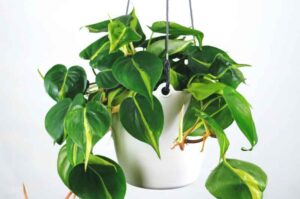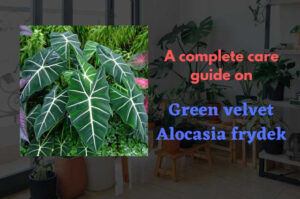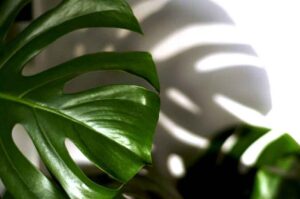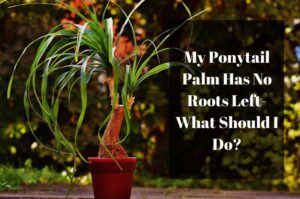Do Jade Plants Like Humidity? (Answered)
Are you planning to buy a Jade plant for home decor or gift it to your close friend? If yes, here’s the good news! These plants are low-maintenance houseplants, and the propagation rate is higher!
But when it comes to caring about these plants, the first thing that comes to mind is their humidity requirement. Do Jade plants really like humidity and do they really like to be misted. Let’s find this out in this article.
No Jade plants don’t like humidity. Since they are succulent plants, they can withstand the humidity up to 30-50%. They prefer low humidity areas and can even remain dry for quite a while.
Our homes usually have humidity levels around 40-50%, which makes these plants an ideal house plant option.
Do Jade plants like humidity?
Jade plants come under the category of succulents that thrive in semi-desert conditions. Being succulents, they don’t have higher humidity requirements. Since they typically thrive in dry, arid climates, they don’t appreciate humidity. 30 to 50 % of the moisture is what they crave.
If the humidity levels start rising high, these plants aren’t comfortable in such an environment. However, they can tolerate high humidity for a brief period.
And if the humidity levels are perfect, keep a close watch on them. Sometimes they start behaving dramatically even around ideal growing conditions. So if you notice such a thing, promptly take the necessary steps to appease them.
Though Jade plants are tough and adaptable to varied conditions, providing them with low humidity conditions is recommended. There are various negative impacts of higher humidity in Jade plants. They are listed here:
- Root decay
- Fungal infection
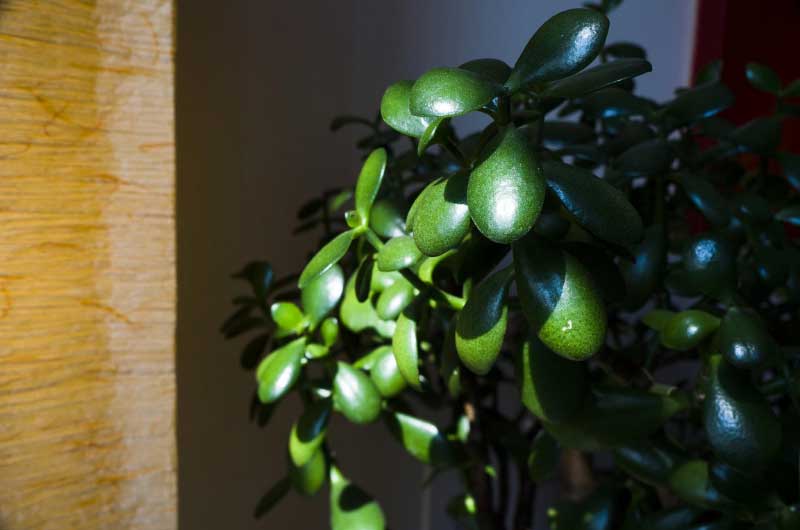
Should you mist Jade plants?
All the gardening enthusiasts think misting is a part of showing their affection for the plant. But it’s not the case with Jade plants.
Misting is a big no for these succulents. Misting your Jade plant will wet its leaves, leading to pest infestation and root rot. They show a negative response to misting and higher humidity levels such as leaf spots, drops, yellow leaves, etc.
If these conditions persist for a long time, the plant may eventually succumb to death.
Why is low humidity essential for Jade plants?
Jade plants come from a dry natural habitat. Therefore they are used to living in heat, proper ventilation, and low humidity. The stems and root roots of them are adapted to assimilate moisture from dry soil and stock it for more extended periods.
So these plants become vulnerable whenever there is more moisture than they can withstand.
Here is why you should maintain low humidity around these succulents:
- They are used to absorbing nutrients from dry soil, so when the soil remains moist for a long time, their leaves and stems find it challenging to absorb nutrients.
- Excess moisture collected on the leaves gives rise to bacterial and fungal infections. These infections slowly proceed towards root rot.
- The plant eventually starts indicating stress due to high humidity and signs like yellow leaves, brown leaves, leaf curling, brown tips, leaf drop, etc.
Symptoms your Jade plant is kept in higher humidity levels
High humidity and poor air circulation are deadly combinations for your Jade plant. If these conditions persist for a longer duration, they may cause root rot. And when the roots rot, the Jade plant finds it challenging to take away and absorb nutrients from the soil.
These plants start showing symptoms to make you notice their uneasiness in higher humidity levels. High humidity does not let them evaporate surplus water, thus making it hard to cool themselves off.
Since their leaves already store water, they don’t need additional water. So higher humidity stresses them off, and they start showing symptoms like:
- Leaf drop
- Brown leaves
- Fungal growth
- Yellow leaves
- Black spots
Be cautious when you notice these signs because your Jade plant can withstand all growing environments except high humidity and excess water. These two conditions make transpiration difficult for the steams and leaves. And this prolonged exposure to excess moisture will cause the roots to suffer.
Check the moisture levels of your space before keeping the Jade plant
You all must be aware that humidity is the amount of water vapor present in the atmosphere. And now we have sufficient knowledge about how Jade plants dislike humidity. It is, therefore, crucial to measure the humidity of the space where you want to place this pesky succulent.
You can instantly check the humidity of your space with a device known as a hygrometer. It helps measure the moisture levels and temperature of a particular area.
Maintaining low humidity around your Jade plant
Now you know the Jade plant is intolerant to humidity, you can make efforts to maintain low humidity around your plant. A humidity level of 30% is enough, and we don’t need to go beyond that.
However, if you live in places where it’s impossible to regulate humidity levels, do not worry; we got you! Place your plant at a spot that receives enough direct or indirect sunlight.
Creating a perfect spot at your home to counteract higher humidity is also possible. Follow these steps to create one:
- Identify a spot in your home that gets morning and afternoon light. Place your Jade plant there. It would be a perfect place to equalize humidity.
- Check if any of your house windows receives direct morning sun; if yes, your Jade plant would love that corner.
- During winters, artificial lights are a lifesaver for Jade plants. As the sunlight is low, humidity levels rise. These lights help to maintain the humidity and light needs of plants.
- Proper air circulation is vital for these plants to thrive, search for a corner with good ventilation. Alternatively, a humidifier too can solve the purpose; it will suck all the humidity from the room and provide dry air.
- Use a pot that has enough drainage to prevent waterlogging.
- During the monsoon, don’t show them a drop of rainwater.
- Prevent your plant from overwatering, especially in winters. Water them only if they are scorched.
Conclusion
So if you are a new parent to a Jade plant or a beginner gardener, choosing a Jade plant is highly recommended because of its long life span and resilience. Also, it’s not fussy about its requirements except for low humidity. Besides being the best gift, you can literally pass it on to your next generations.

